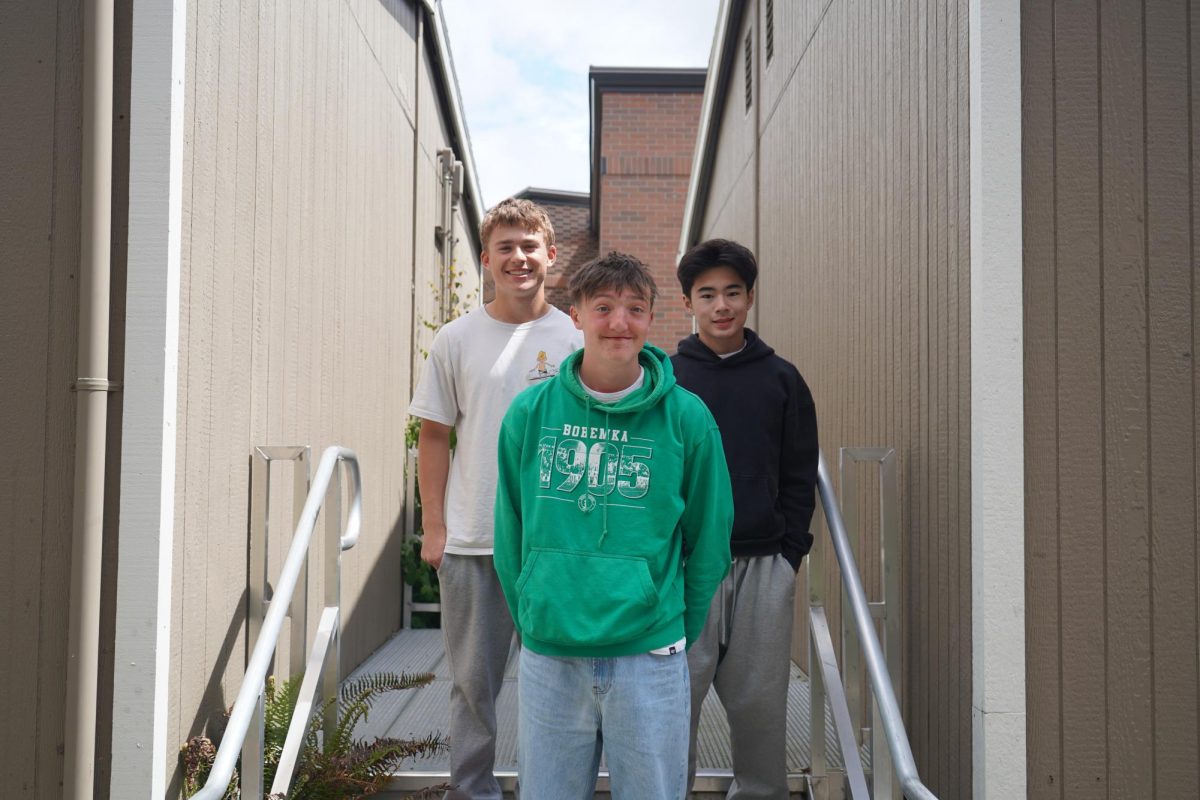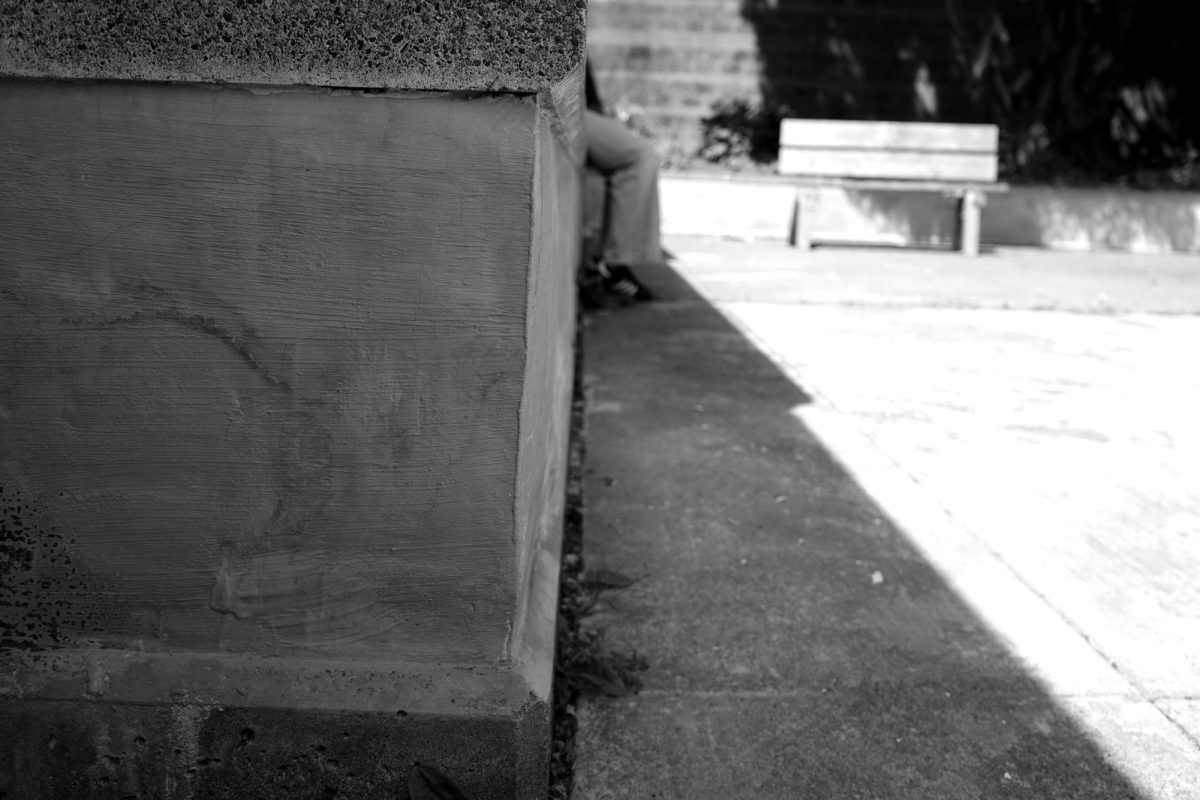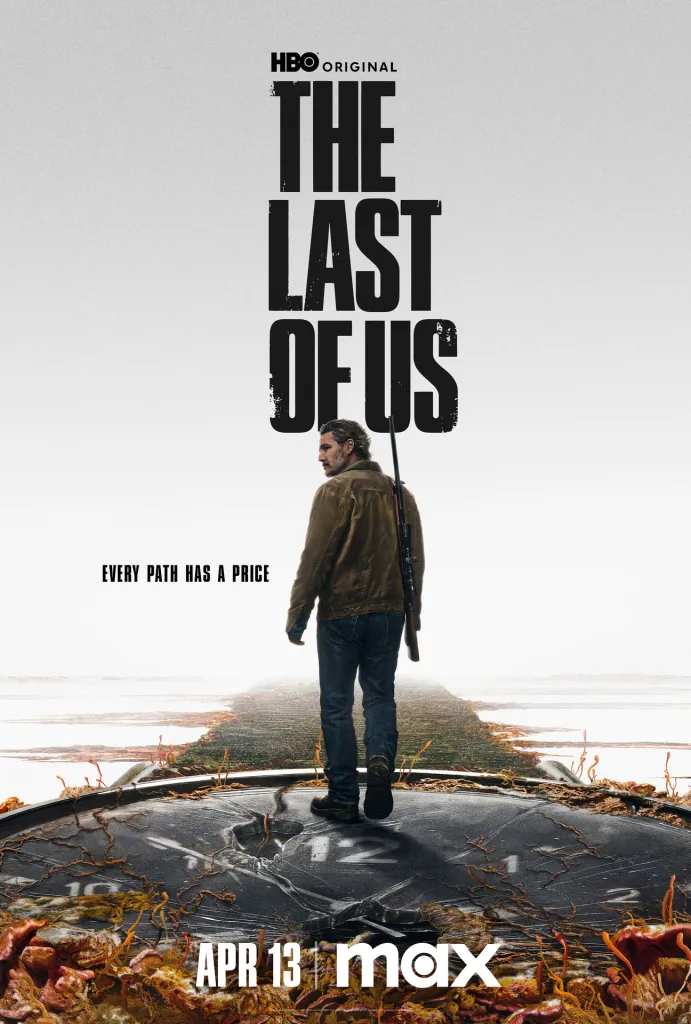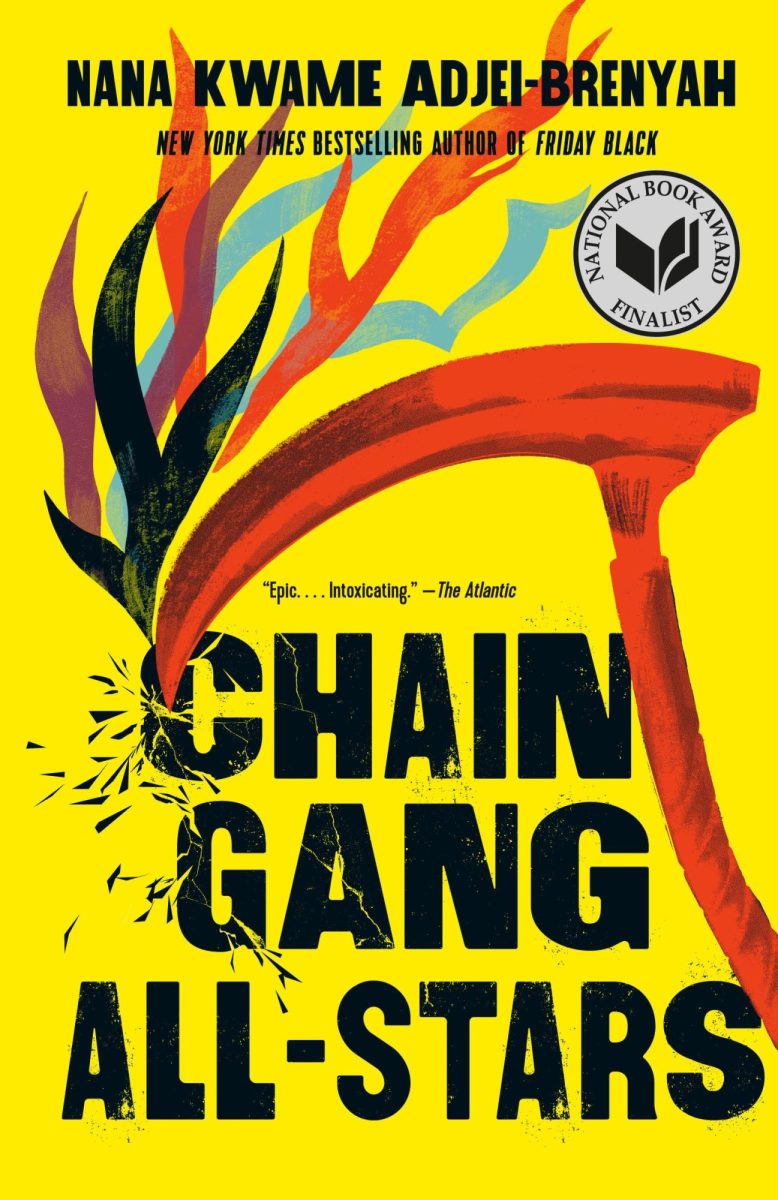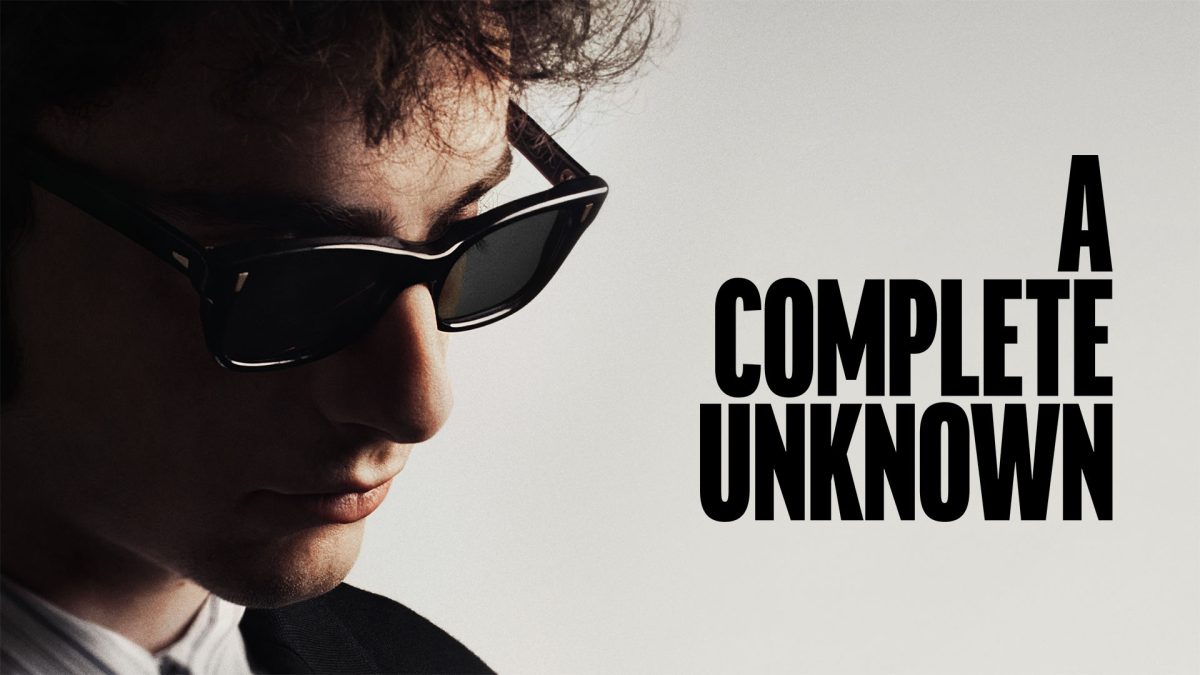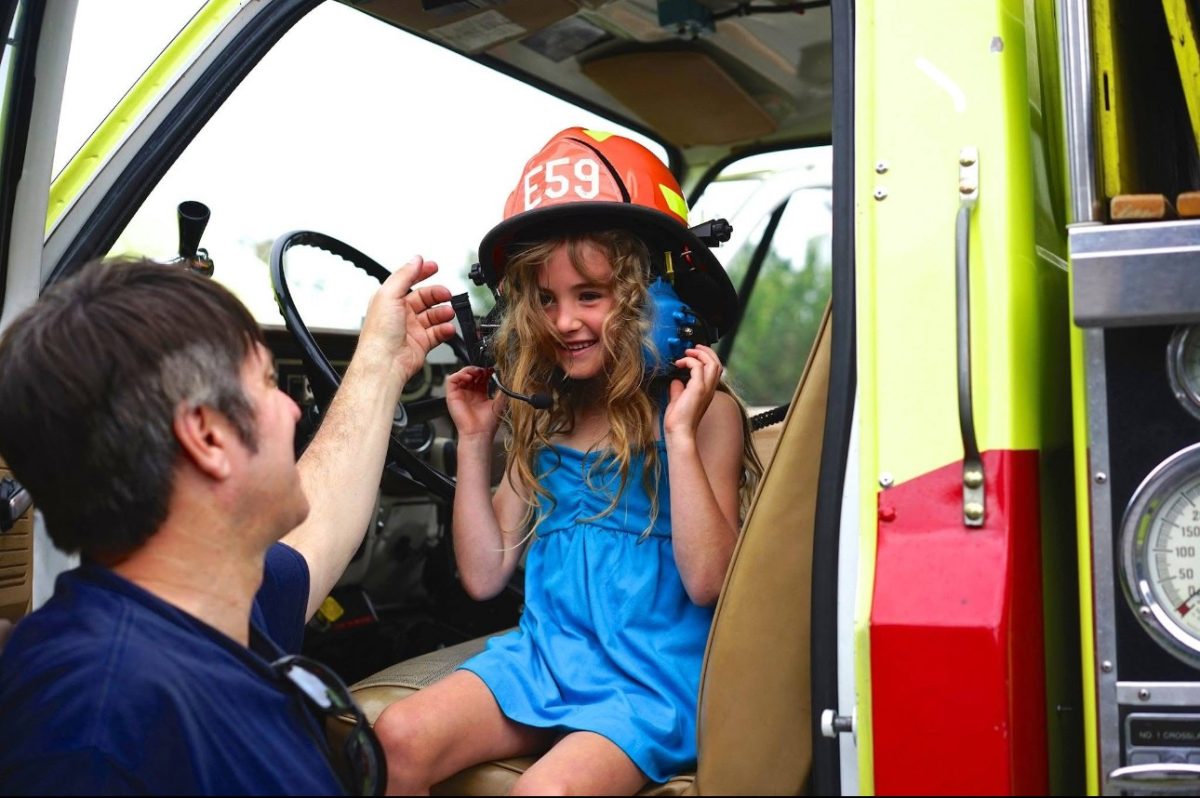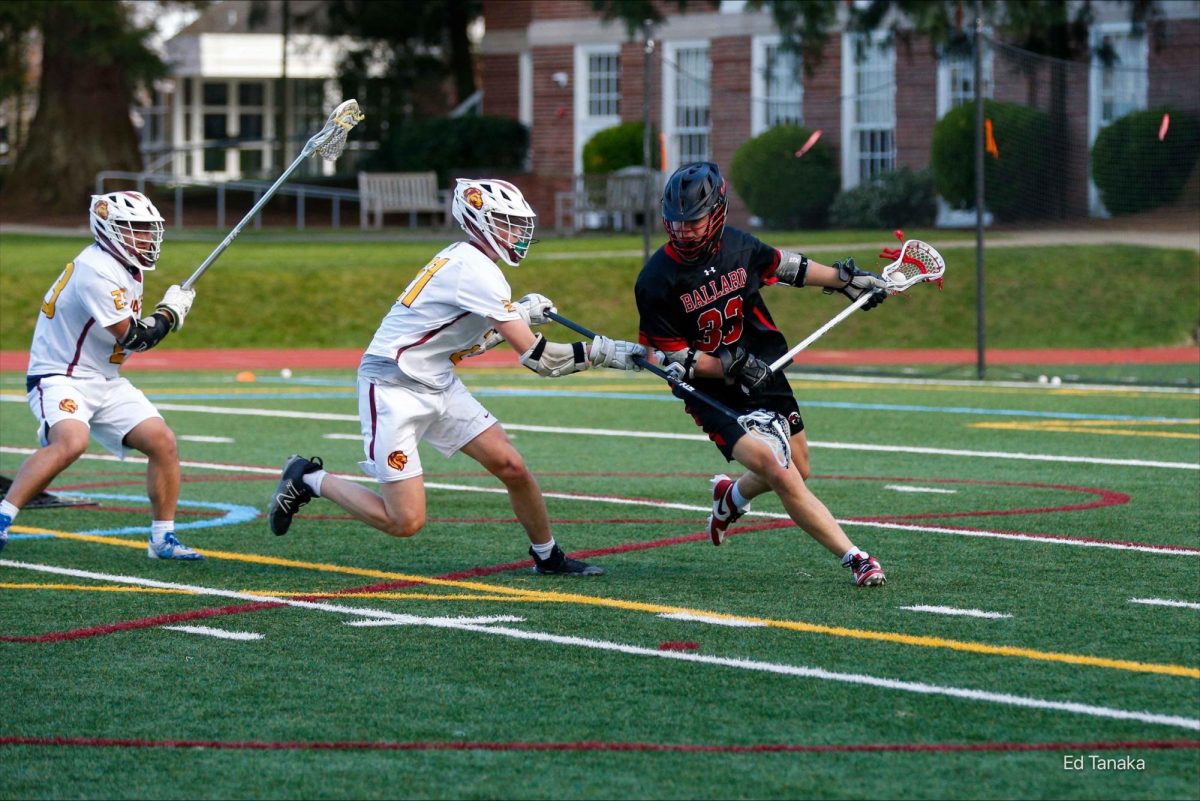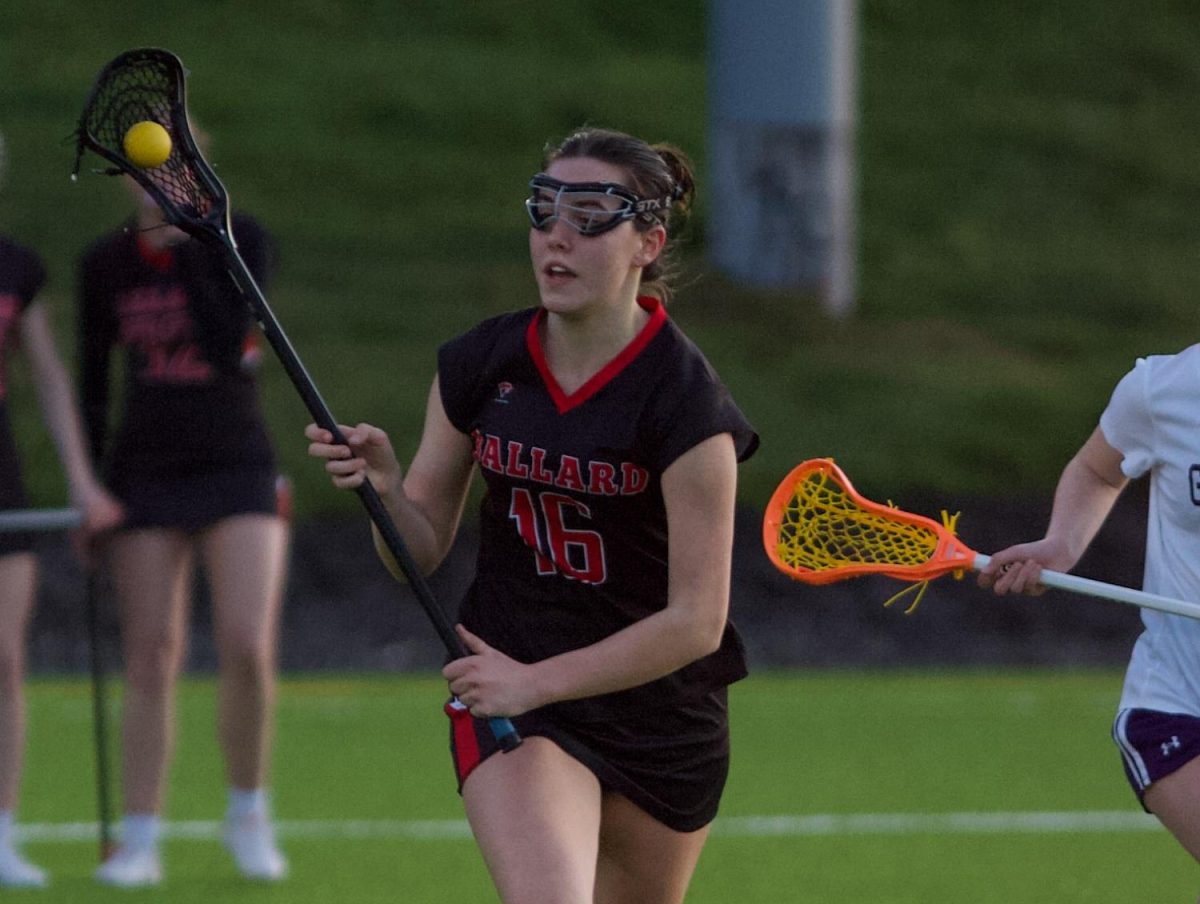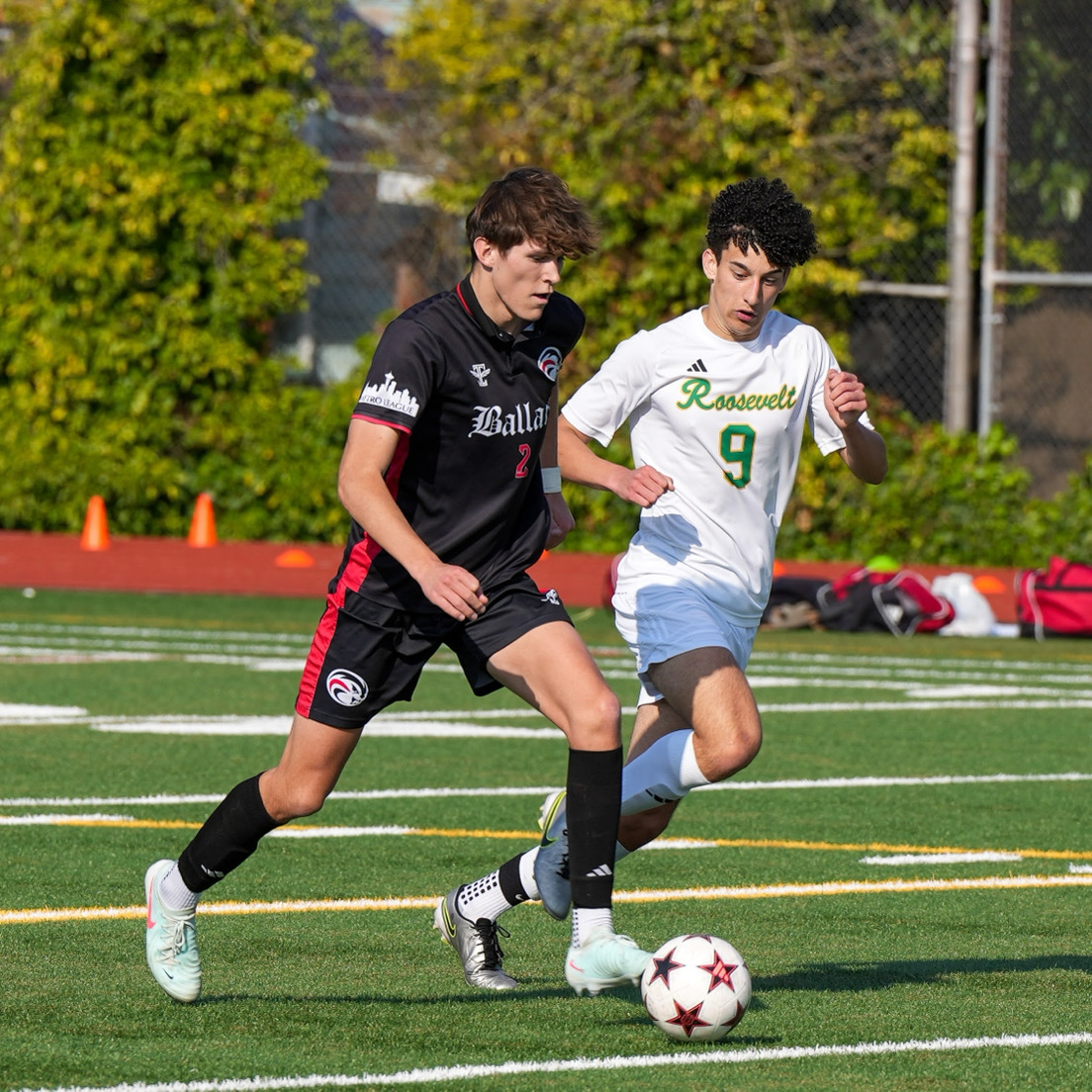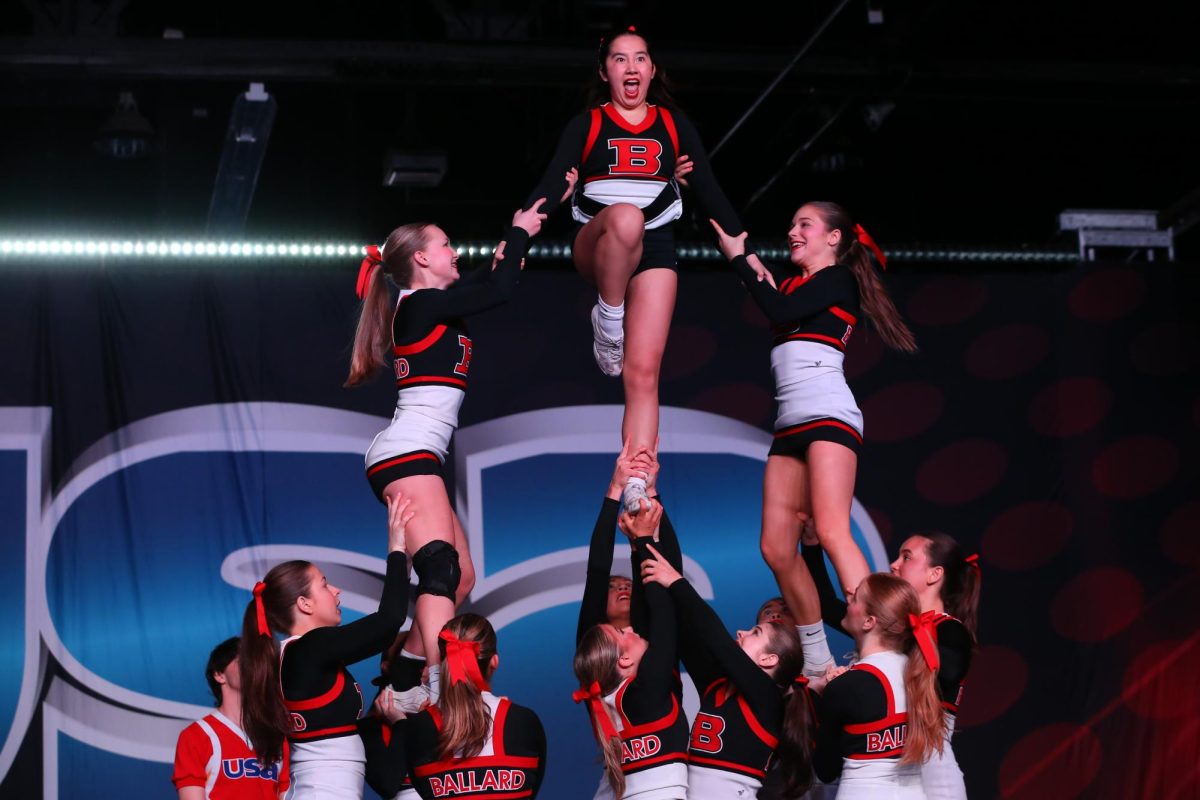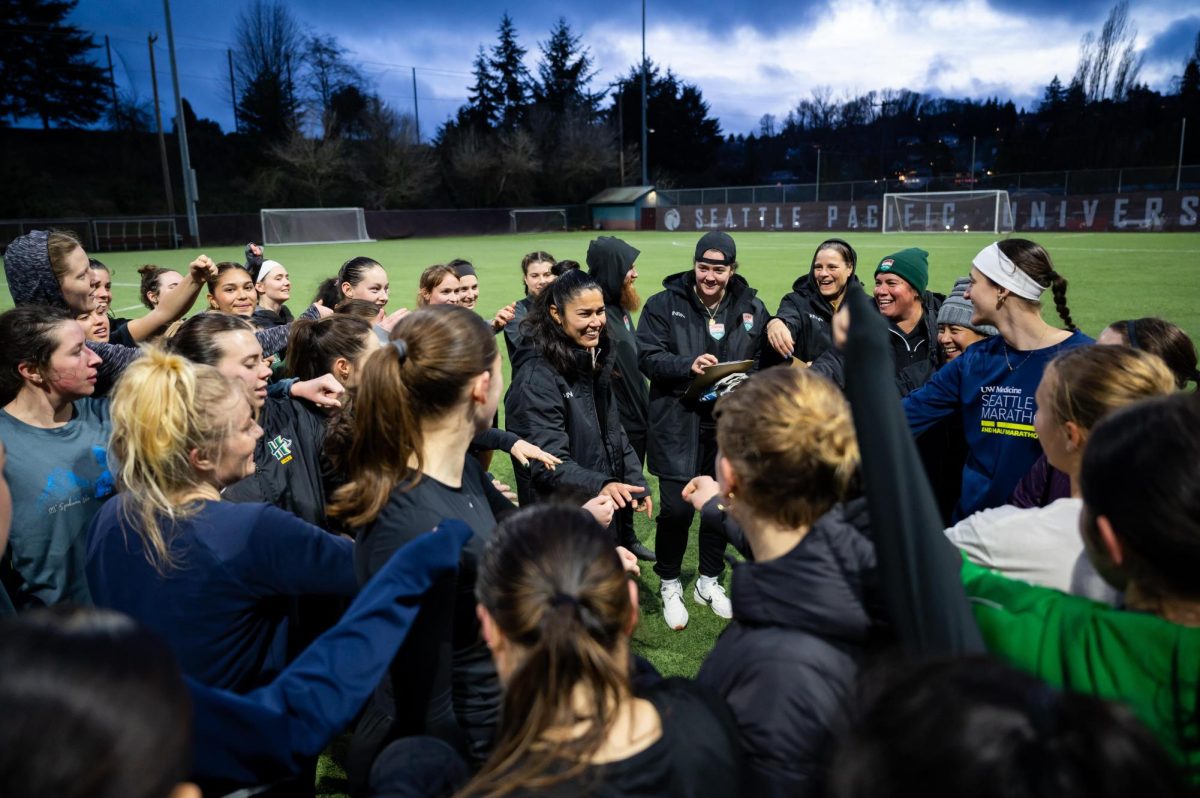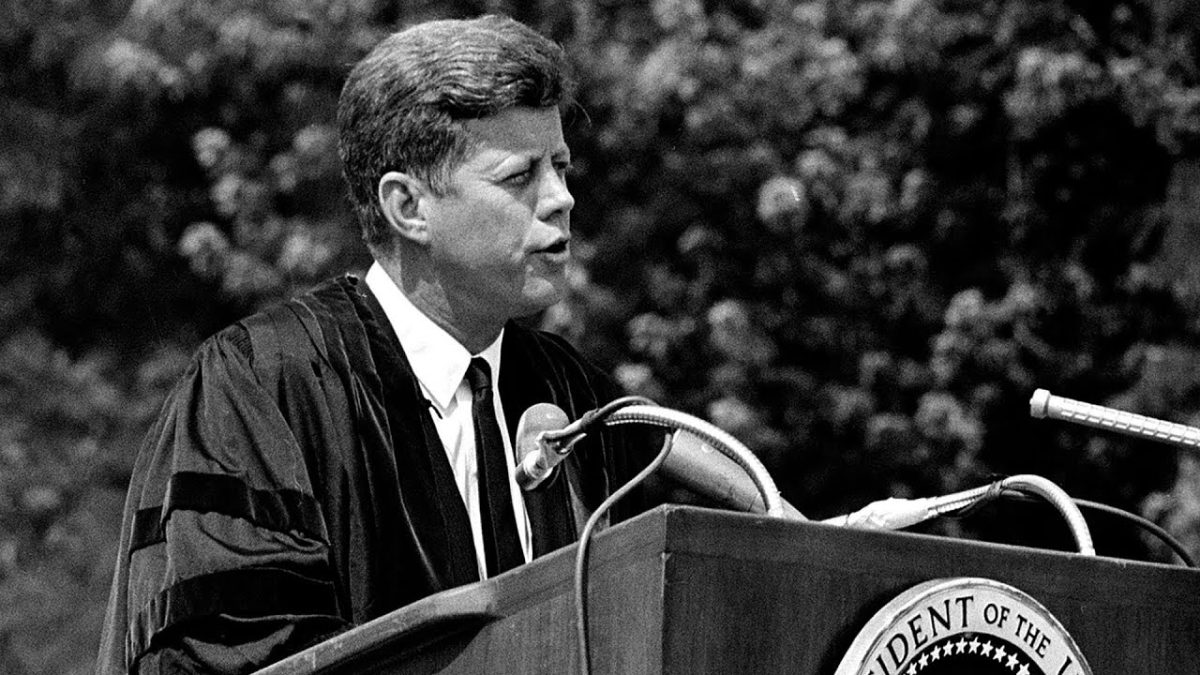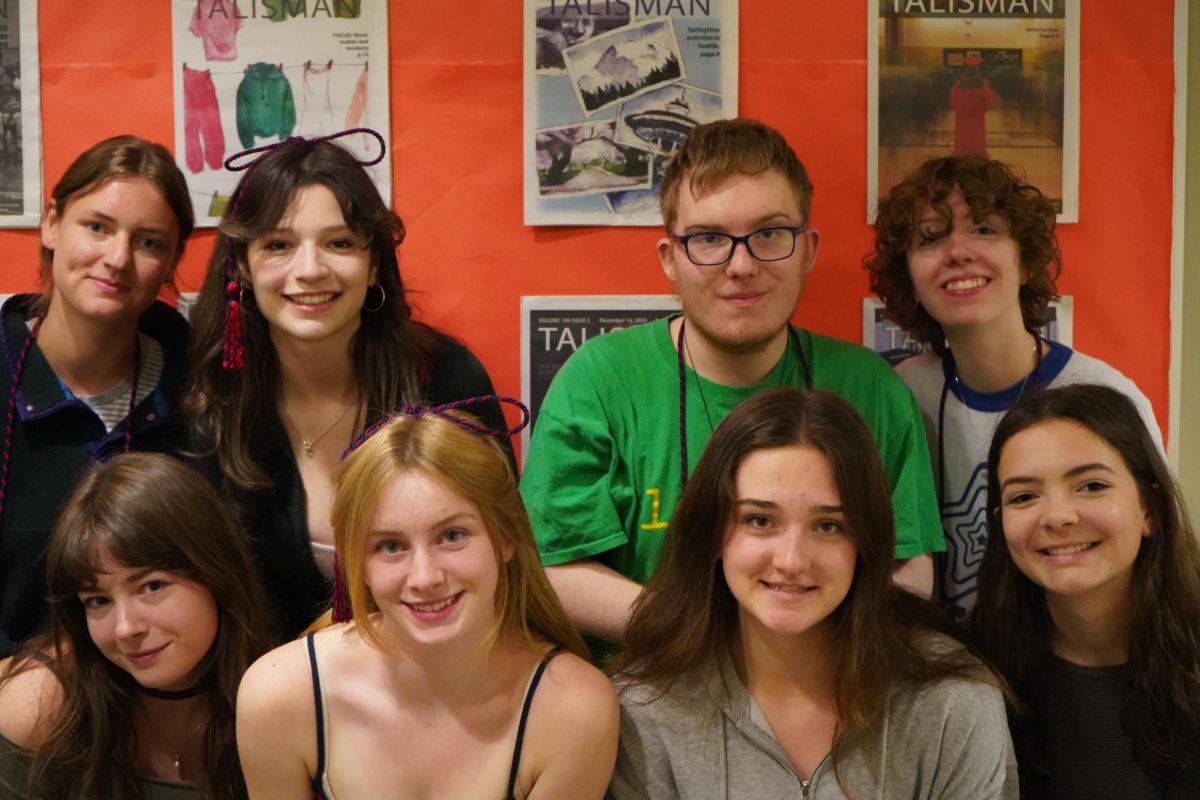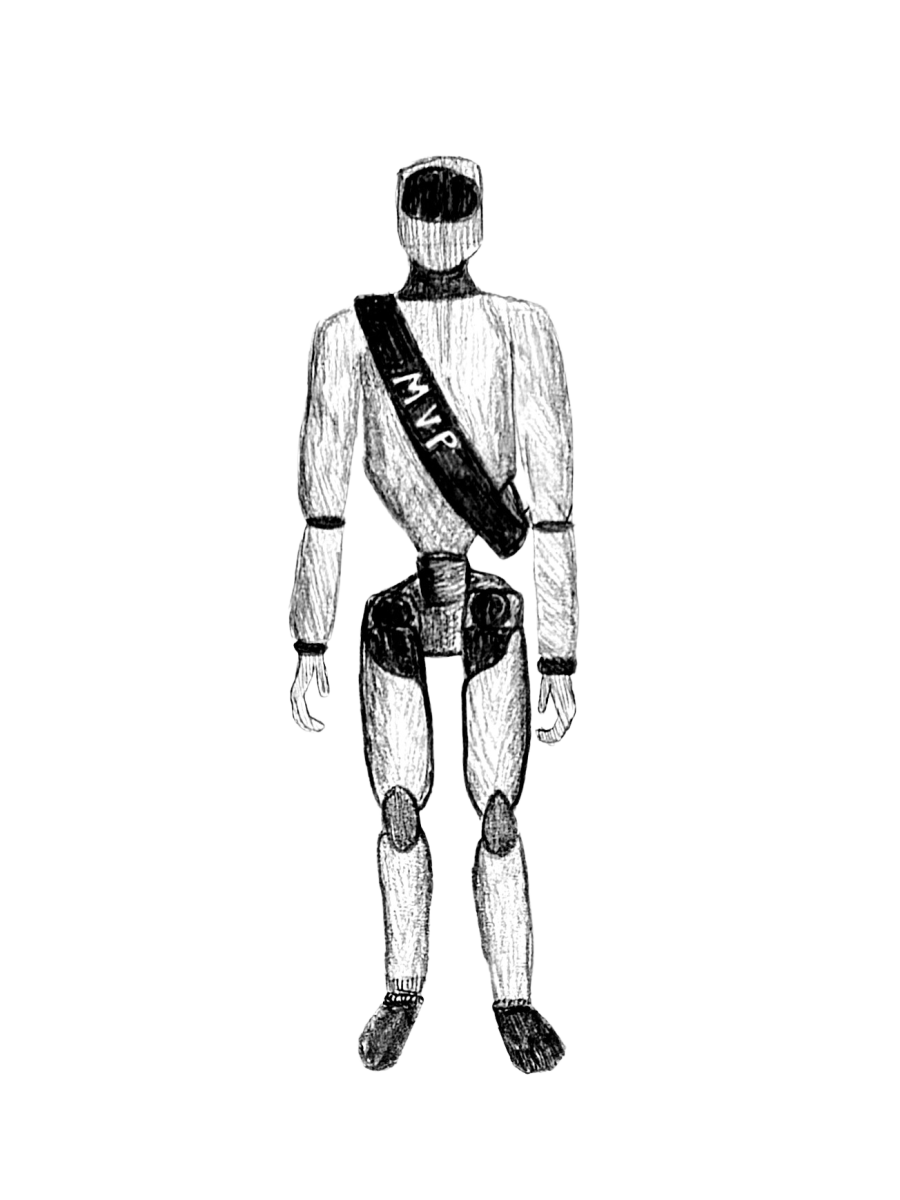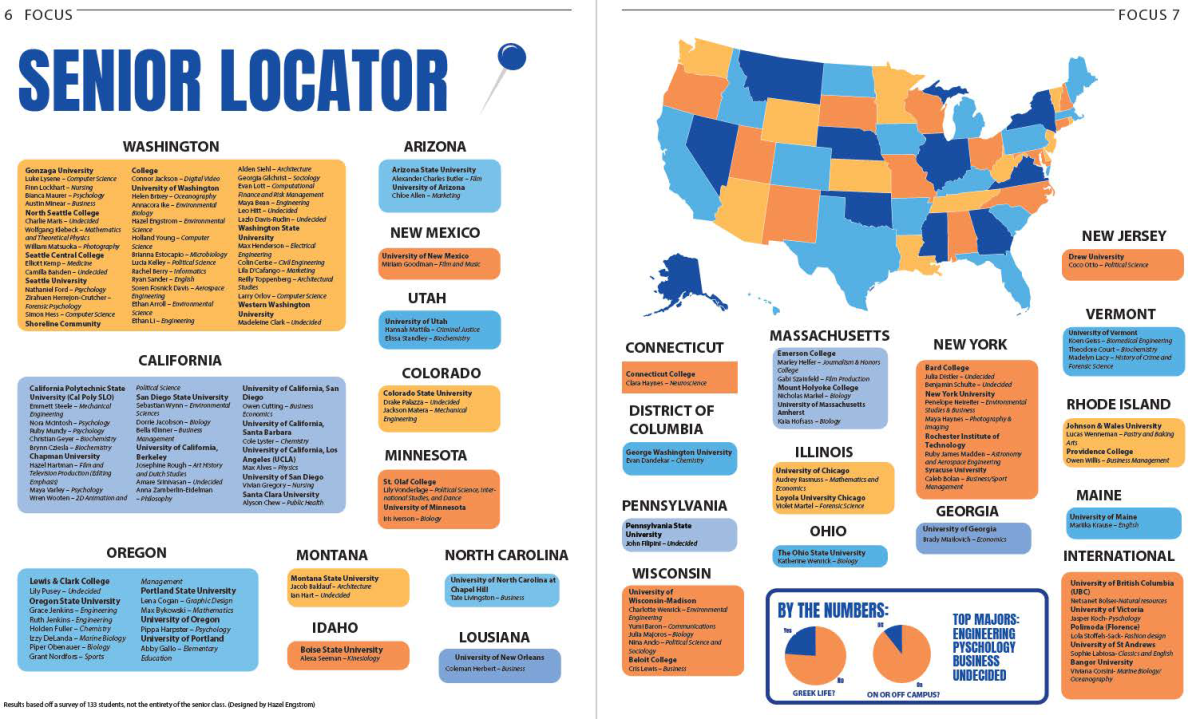Aesthetics and Micro Labels
The rising obsession with categorization and self identification
June 22, 2023
Minimalist. Maximalist. Y2K. Clean girl, kidcore, farmboy, coastal cowgirl, messy mullet baggy jeans fashion boy, lana del rey smudged eyeliner coquette girl. These are just a few of the aesthetics I’ve seen people describe themselves with on social media over the past few months. Yes, many of these labels are jokes, hyper specific for the sake of parody and humor, however, there is still a clear issue present. Gen Z, and to a lesser extent, millennials are constantly seeking to define themselves. To quantify their sense of style with the perfect term, to attach their life to a lifestyle, and encapsulate the complexities of their personhood with a specific label.
I see a similar trend with micro labels and self identification within the queer community. At least according to the Queer Wiki, a microlabel is a label for some form of gender identity or sexual orientation that falls under, or otherwise overlaps with, a broader term. Microlabels tend to be described as “hyperspecific”, meaning that they describe a very specific experience of a gender/sexuality/etc. For example, asexual is a wider term for an identity and demisexual.
I recognize the danger of drawing a parallel between the multitude of aesthetics and queer micro labels; it feels like a way people in power devalue and belittle queer identity as just another trend these crazy kids are participating in. I do not believe that at all. Queerness isn’t new, nor is transness, asexuality, or gender identities outside of the binary. While many of the terms people use to describe themselves have arisen in recent years, the identities they describe have been a part of humanity from the beginning. However, I see some common causes for the rise of both forms of self categorization and similar pitfalls to both as well.
Like queer identity, the urge to categorize oneself in order to find social and personal security isn’t new. Categorization is a natural human instinct. Finding people who have traits similar to ours can help us form community and keep each other safe. As our world, the technology and social politics within it, have grown more complex, it seems only natural for the ways we divide and configure ourselves to become more complex as well. Social media plays into this, as well as the juxtaposed desire to feel both seen and fully unique, which leads people to create more narrow exclusive identities. To be part of the same group it is no longer enough to have shared experiences or common goals. You are not bound by being similar, you are bound by being the same.
Clearly, that was a slight generalization and there are merits to the specificity of labels as well. In terms of fashion, they can help people find exactly what they’re looking for, find exactly the look they want that they didn’t even realize had a name, and bond with others who enjoy a similar style of presentation. Within the queer community, it highlights the diversity of experience between members. The experience of a bisexual person is not necessarily particularly similar to that of an asexual person, or a cis gay person to a trans gay person, etc. They face different stereotypes, different forms of discrimination, different pains, and maybe different joys. It makes sense that we have so many labels. And yet.
I would still posit that the extensive categorization and increased number of identity groups within the queer community-and the youth at large- can lead to more division. More groups leads there to be more sects which can be pitted against each other, more in fighting, more focus on minute details, proper phrasing and other complications that, while important, may distract from larger issues. I don’t think it’s the fault of anyone in the queer community, but unfortunately, it may fall on our shoulders to try to fix this problem. To learn how to deal with smaller problems without overlooking larger ones. At least to me, collective action and clear organized goals are an important part of that process, which cannot be begun without unity.
And so, we are back to labels. It’s good to highlight people’s differences, but I believe we are reaching a point where all of these groups, all of these terms, and acknowledgements of our differences are keeping us from achieving unity, and by extent collective action. I’m begging, can we please stop debating the difference between bisexual and pansexual and focus on repealing and preventing the widespread anti-trans legislation? (If we just pick one term, I’ll stick with it, I promise. I’m just tired of having this conversation.)
Aside from possible political ramifications, the extensive amount of labels puts a lot of pressure on youth to define themselves, to figure out what category they fall into, to know exactly what they want and who they are. Youth is a time of a lot of change and confusion, and giving people the space and time they need to figure that out, or decide they don’t need any labels at all, would likely be more beneficial to a lot of kids. I definitely think it would have helped me.
Maybe that’s the problem with all of this. Less labels would have helped me. But there are probably just as many people out there who felt like a specific label gave them exactly what they needed to find themself and their people. Quite honestly, there’s no great answer to the issue of self categorization. It’s too raw, too personal, too much an issue of identity and the way one feels about themselves.
Maybe these labels aren’t hurting. But I’m not so sure they’re helping either. At the end of the day, my true hope is for this generation to grow out of their need for excessive categorization, to feel comfortable being who they are without needing a term to define it, and to encourage others to do the same.

